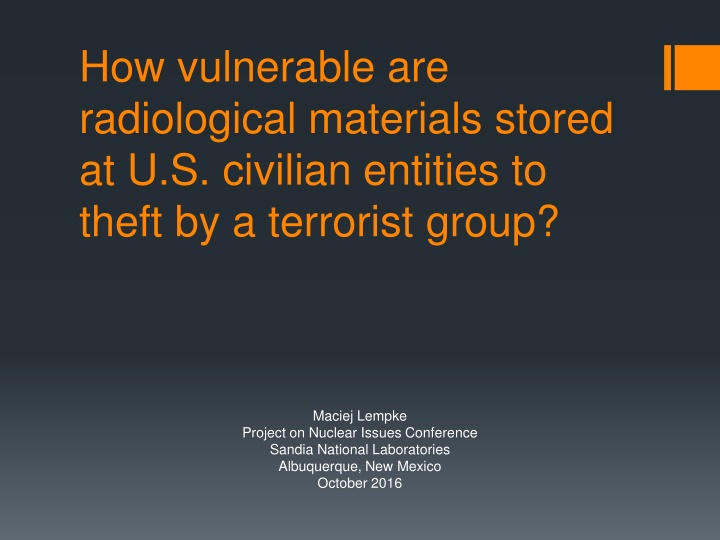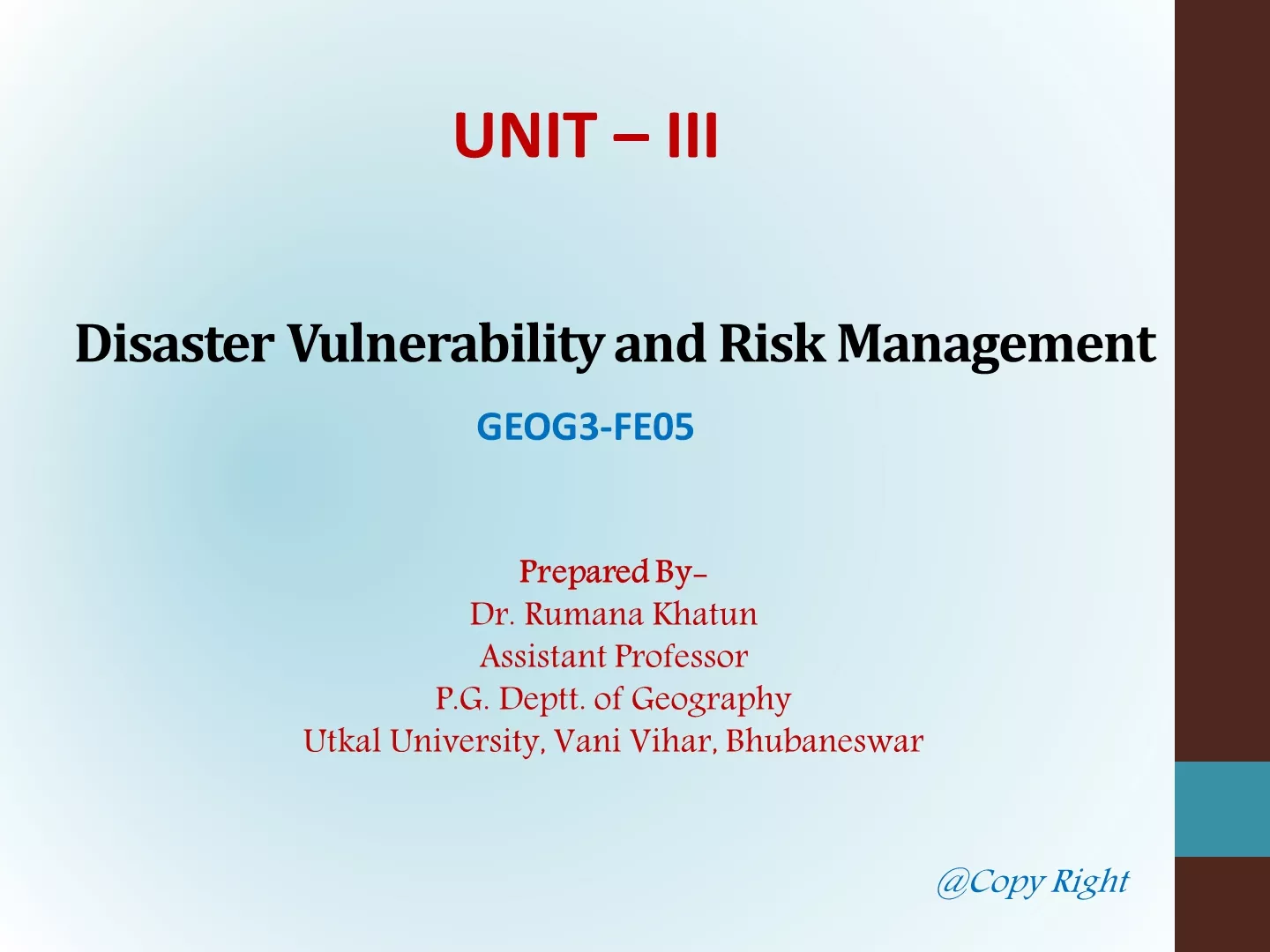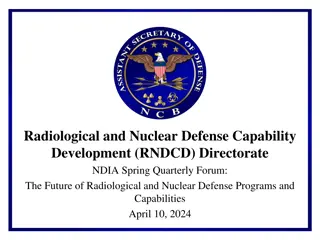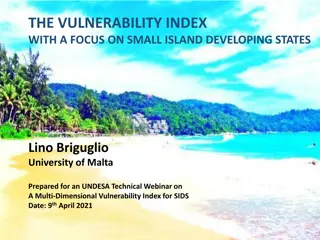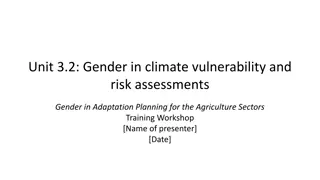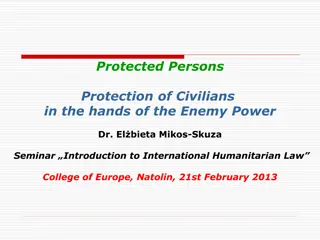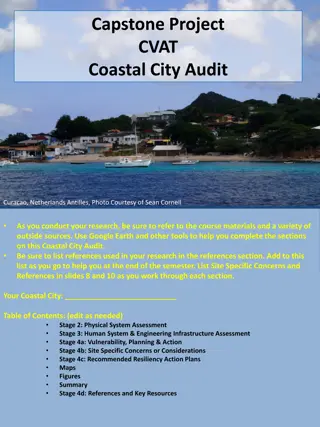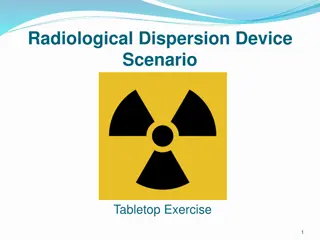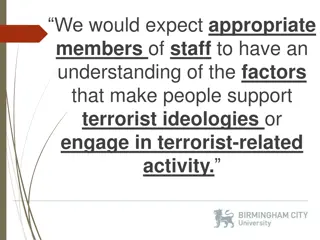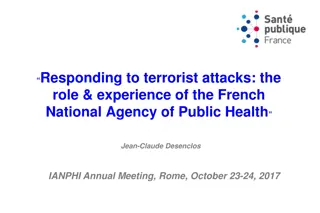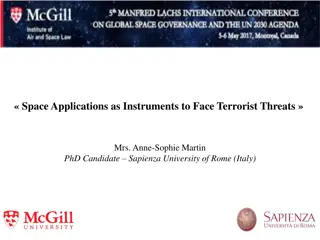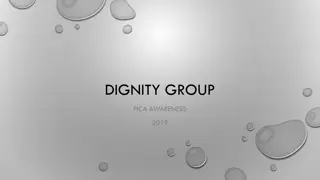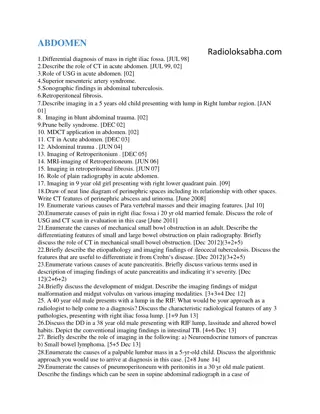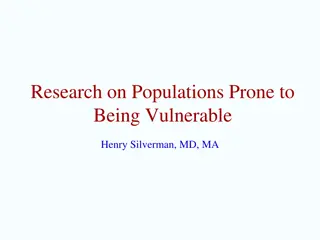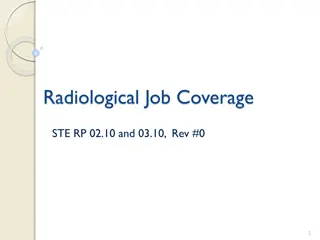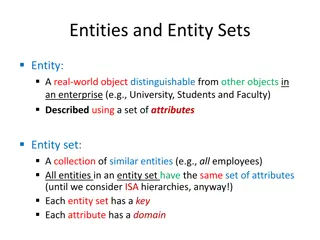Vulnerability of Radiological Materials to Theft by Terrorist Groups in US Civilian Entities
The vulnerability of radiological materials stored at US civilian entities to theft by terrorist groups, particularly low-activity sources, remains a significant concern. Security measures primarily focus on high-activity sources, leaving lower activity sources neglected and highly susceptible to exploitation. Terrorists may target unprotected Category 3 materials, such as sealed powders and liquid sources, leveraging open-source information for acquisition despite the existing security architecture.
Download Presentation

Please find below an Image/Link to download the presentation.
The content on the website is provided AS IS for your information and personal use only. It may not be sold, licensed, or shared on other websites without obtaining consent from the author.If you encounter any issues during the download, it is possible that the publisher has removed the file from their server.
You are allowed to download the files provided on this website for personal or commercial use, subject to the condition that they are used lawfully. All files are the property of their respective owners.
The content on the website is provided AS IS for your information and personal use only. It may not be sold, licensed, or shared on other websites without obtaining consent from the author.
E N D
Presentation Transcript
How vulnerable are radiological materials stored at U.S. civilian entities to theft by a terrorist group? Maciej Lempke Project on Nuclear Issues Conference Sandia National Laboratories Albuquerque, New Mexico October 2016
Introduction key points The U.S. Nuclear Regulatory Commission (NRC) has developed security measures mostly focused on high-activity Category 1 and 2 sources, while neglecting controls over lower activity sources (including Category 3 sources), which could be equally useful for a terrorist group Terrorists would most likely seek unprotected, low activity Category 3 materials, particularly sealed powders and liquid sources. There is a significant amount of open source information, which could be useful for a terrorist group trying to obtain radiological materials.
Radiological materials categories and the NRC radionuclide screening criteria
Information openness and its consequences
Conclusion Despite the existing security architecture, some radiological materials (particularly low activity sources) stored at U.S. civilian entities remain highly vulnerable to theft by a terrorist group.
Policy recommendations The U.S. government should establish stricter regulations for the release of NRC licensees information into the public space. This particularly concerns security vulnerabilities of radiological materials storage facilities and revealing personal details of individuals with access to those sources. information exposing The NRC should establish strict requirements for licensees to protect sensitive information about materials storage facilities and employees, regardless of the activity of the used source.
